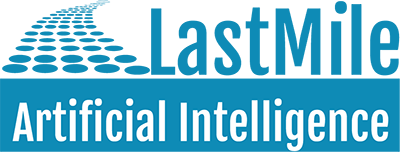On several occasions over the last decade, I’ve seen senior data scientists with PhDs fail to solve some major business problems.
They each tried using Machine Learning, graph analysis and other tricks of the trade.
In each case, they failed. And in each cases, the problem was clearly solvable as a combinatorial optimization.
When you only have a hammer, everything looks like a nail.
So, let’s see what the field of O.R. should mean to us as working data scientists.
A Play in 3 Acts
Act 1. The Lost Data Science
First, we will explore O.R., why it it’s lost to modern data science and why now is the perfect time to find it again
Act 2. The Art and Practice of O.R.
Then,we’ll find out how O.R. fosters design and mathematical thinking. And I’ll give you some pointers to get started on optimization in Python!
Act 3: The Dangerous Science…
And finally in Act 3: How O.R. gives us transparent AI which actually increases rather then decreases the number of ethical problems we are going to have to face as data scientists.
I put my thoughts on why Data Science needs to re-find the lost arts of Operations Research.
I hope you find it useful as a primer in the area and it motivates you to go deeper into this wonderful and practical art!
Watch my talks here
Act 2. The Art and Practice of O.R.
My latest talk on Python Ireland 14/07/2021
“Optimization (Linear & Mixed Integer Programming) for Pythonistas”
This talk at Python Ireland focuses on some building block programs for getting an intuition for optimization. If you like the practical approach, this one’s for you.
Watch my video here.









































